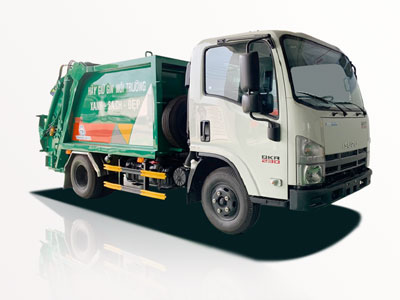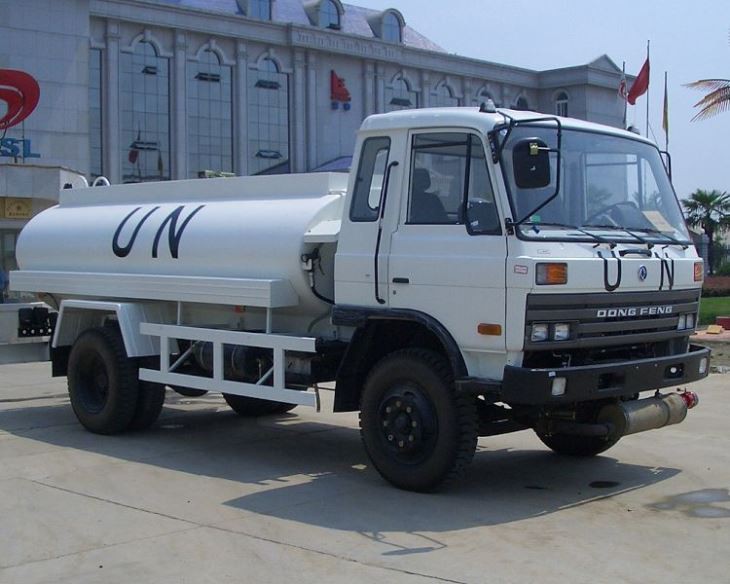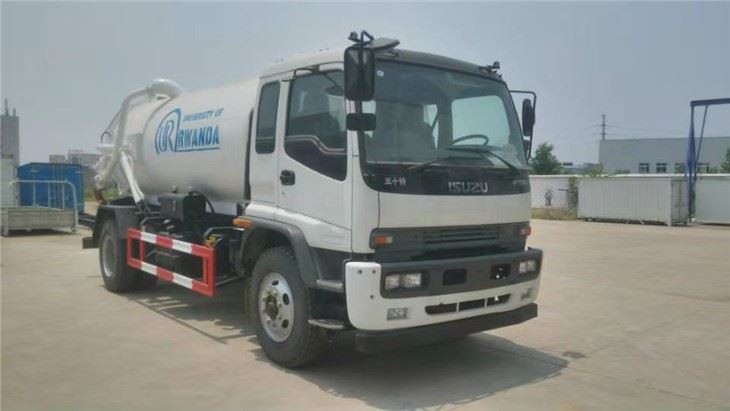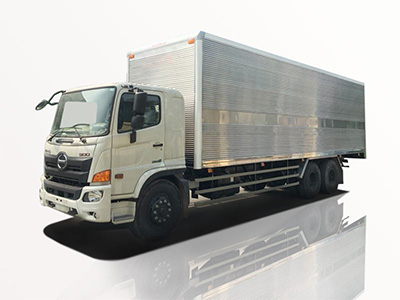Water tankers are essential vehicles designed to transport water for various uses, including drinking, irrigation, and construction. This article will delve into the different types of water tankers, their uses, benefits, maintenance tips, and much more, making it a comprehensive guide for anyone interested in understanding these vital water transportation systems.
Table of Contents
- What is a Water Tanker?
- Types of Water Tankers
- Uses of Water Tankers
- Benefits of Using Water Tankers
- How to Choose a Water Tanker
- Maintenance Tips for Water Tankers
- Water Tanker Regulations
- Practical Examples of Water Tankers
- Future of Water Tankers
- FAQ
What is a Water Tanker?
A water tanker is a specialized vehicle equipped with a tank for transporting water. These tankers can vary in size and design, ranging from small trucks used for residential deliveries to large tanker trucks capable of carrying thousands of gallons of water. They play a crucial role in water supply systems, especially in areas lacking direct access to clean water sources.
Types of Water Tankers
1. Drinking Water Tankers
These tankers transport potable water and are regulated to ensure hygiene and safety. They are often used in residential areas during water shortages or in regions where clean drinking water is not readily available.
2. Non-Potable Water Tankers
Non-potable water tankers carry water that is not safe for drinking but can be used for irrigation, construction, or industrial processes. They usually have different color codes to distinguish them from drinking water tankers.
3. Mobile Water Tanks
These are smaller tankers that can be easily moved and are typically used for events, festivals, or temporary water supply needs.
4. Fire Tankers
Designed specifically for firefighting purposes, these tankers carry large amounts of water to battle fires in areas without a direct water supply.
Uses of Water Tankers
1. Residential Water Supply
In many regions, especially where water supply is erratic, water tankers deliver clean drinking water directly to homes to ensure residents have access to this vital resource.
2. Agricultural Applications
Water tankers are extensively used in agricultural areas to irrigate crops. They can deliver water to remote fields where other sources are unavailable.
3. Construction Sites
In construction projects, water tankers provide essential supplies for mixing concrete, dust suppression, and maintaining site hygiene.
4. Emergency Relief
During natural disasters, such as floods or droughts, water tankers are crucial for delivering emergency water supplies to affected areas.
Benefits of Using Water Tankers
| Benefit | Description |
|---|---|
| Convenience | Water tankers provide water directly to areas without infrastructure. |
| Flexibility | They can reach remote locations where water pipes cannot. |
| Rapid Response | Water tankers can quickly deliver water in emergencies. |
| Cost-Effective | For short-term needs, water tankers can be more economical than installing permanent water lines. |
How to Choose a Water Tanker
1. Determine Your Needs
Consider the primary use: Is it for drinking water, irrigation, or construction? This will help in choosing the right type of tanker.
2. Size Matters
Choose a tanker size that meets your capacity requirements while considering the space available for parking or storage.
3. Check Regulatory Compliance
Ensure the tanker meets local regulations, especially for drinking water transportation.
4. Material and Build Quality
Different materials (like stainless steel or food-grade plastic) are available. Choose based on your water type and intended use.
Maintenance Tips for Water Tankers
1. Regular Cleaning
Regularly clean the inside of the tank to prevent contamination. Use safe cleaning agents and ensure thorough rinsing.
2. Inspect for Leaks
Regularly check the tank and connections for any signs of leaks to ensure water is not wasted and to maintain pressure.
3. Check the Pump
Ensure that the water pump is functioning correctly and is regularly serviced to avoid breakdowns during crucial times.
4. Document Maintenance
Keep records of all maintenance activities for future reference and to comply with any regulations.
Water Tanker Regulations
1. Licensing Requirements
Water tankers may require specific licenses based on their usage and location. It’s crucial to check local laws regarding licensing.
2. Health and Safety Standards
For drinking water transport, tankers must adhere to strict health and safety standards. This includes regular health inspections and proper sanitation.
3. Environmental Regulations
Ensure that your operations comply with environmental regulations to prevent negative impacts on local water sources.
Practical Examples of Water Tankers
1. Community Water Supply Initiatives
In remote or underserved communities, non-profit organizations often deploy water tankers to provide regular water supplies to families.
2. Agricultural Solutions
Farmers may use water tankers to fill irrigation ponds or directly water crops during dry seasons when wells run low.
3. Emergency Services
Fire departments may utilize dedicated fire tankers equipped with hoses and pumps to provide immediate firefighting resources in rural areas.
Future of Water Tankers
The future of water tankers is likely to embrace technological advancements, including:
- Water recycling systems for agricultural tankers
- Smart tankers equipped with GPS and monitoring systems
- Integration of renewable energy sources, like solar-powered pumps
- Better materials that improve durability and reduce contamination risks
FAQ
1. How much water can a typical water tanker hold?
Water tankers can vary significantly in size; most hold between 1000 to 10,000 gallons, depending on their design and intended use.
2. Are water tankers safe for drinking water transportation?
Yes, as long as they comply with regulations and are maintained properly to prevent contamination.
3. How can I find a reliable water tanker service in my area?
Research local providers, check reviews, and ensure they adhere to local regulations regarding water safety.
4. What is the cost of hiring a water tanker?
Costs can vary based on location, size, and service level. Generally, expect to pay between $100 to $500 for a delivery, depending on the volume and distance.
5. Can I use a water tanker for irrigation?
Yes, water tankers are commonly used for irrigation in areas where direct water supply is unavailable.
6. What type of maintenance do water tankers require?
Regular cleaning, inspections for leaks, pump maintenance, and adherence to health standards are crucial for safe operation.



